After establishing itself as a leader among media companies in augmented reality in journalism over the course of 2018, The New York Times pulled back from the technology this year.
But this week, the media giant finally returned to the AR space to produce a story on air pollution that adds a new wrinkle to the publication's interactive news capabilities.
Titled "See How the World's Most Polluted Air Compares With Your City's," the Times uses augmented reality to visualize the concentration of microscopic pollutant particles, or PM2.5 in scientific parlance, through the NYTimes iOS app.
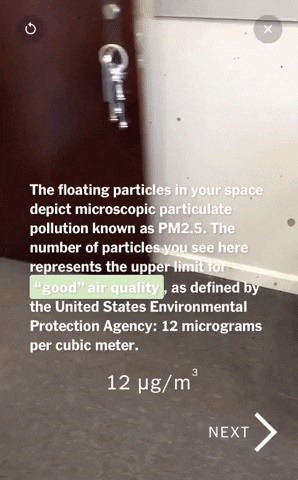

The story presents four environments. First, it shows what the US Environmental Protection Agency (EPA) considers "good air quality" (12 micrograms per cubic meter over 24 hours). Second, the presentation renders the air quality of the user's location and how it's categorized.
The third and fourth scenes show users the very unhealthy air quality of the San Francisco Bay Area in the aftermath of the Camp Fire wildfires and in New Delhi, India, a city whose air quality is categorized as extreme and among the worst in the world.


The AR experience also marks the end of an era at the Times, as it is the last immersive news project led by Graham Roberts, the former director of immersive storytelling at the media company (and NR30 alum) who now serves as digital design lead at Google's internal creative think tank called Brand Studio.
Do check this one out. This was the last AR project I worked on at the Times, based on a belief that geolocated experiences that create a data layer over our physical environment has great potential. I think the team did a stellar job bringing it to life. https://t.co/PrvUmSZJms
Starting in Feb. 2018, the Times displayed innovation in AR reporting under Roberts' leadership, leveraging ARKit and later ARCore to display 3D content that complemented the news organization's traditional reporting. The Times was also among the first to offer an AR experience via Magic Leap One in Aug. 2018, just after the release of the device. After using photogrammetry in earlier stories, the immersive storytelling team also began using volumetric video capture in Sept. 2018. The location-based rendering in its latest story stands as yet another innovation in the AR journalism space.
In 2019, the Times spent much of the year retooling its approach and being more selective with its immersive stories. Filling the vacuum created by the lack of AR reporting from the Times, USA Today stepped up with seven major AR stories published, the last being a visualization of an America-bound slave ship for its "1619: Searching for Answers" feature, which arrived in Aug. 2019. Time magazine has also recently rebooted its approach to AR with its Time Immersive app.
Will the latest story from the Times mark a return to AR form? Time will tell.
Just updated your iPhone? You'll find new features for Podcasts, News, Books, and TV, as well as important security improvements and fresh wallpapers. Find out what's new and changed on your iPhone with the iOS 17.5 update.
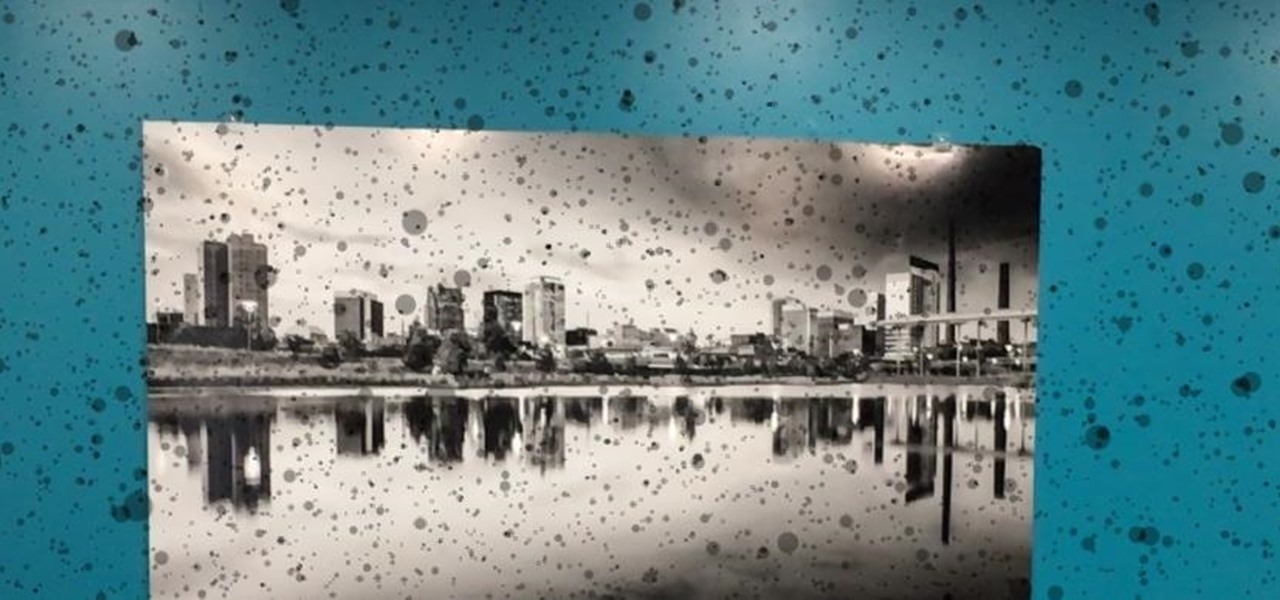


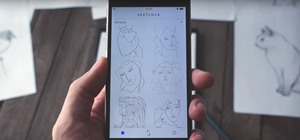

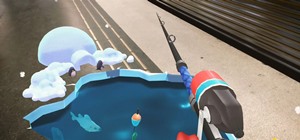
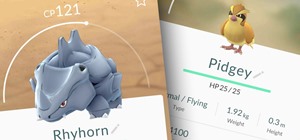



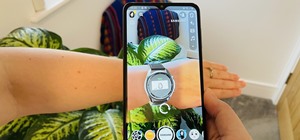

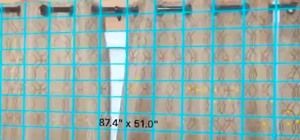
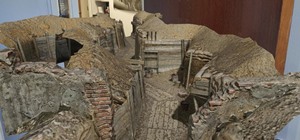
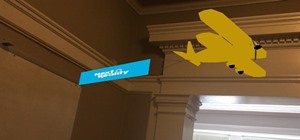
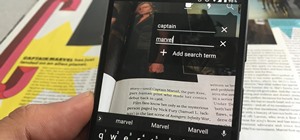


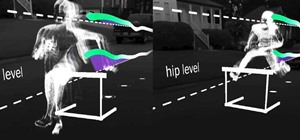



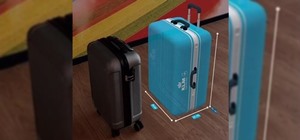


Be the First to Comment
Share Your Thoughts